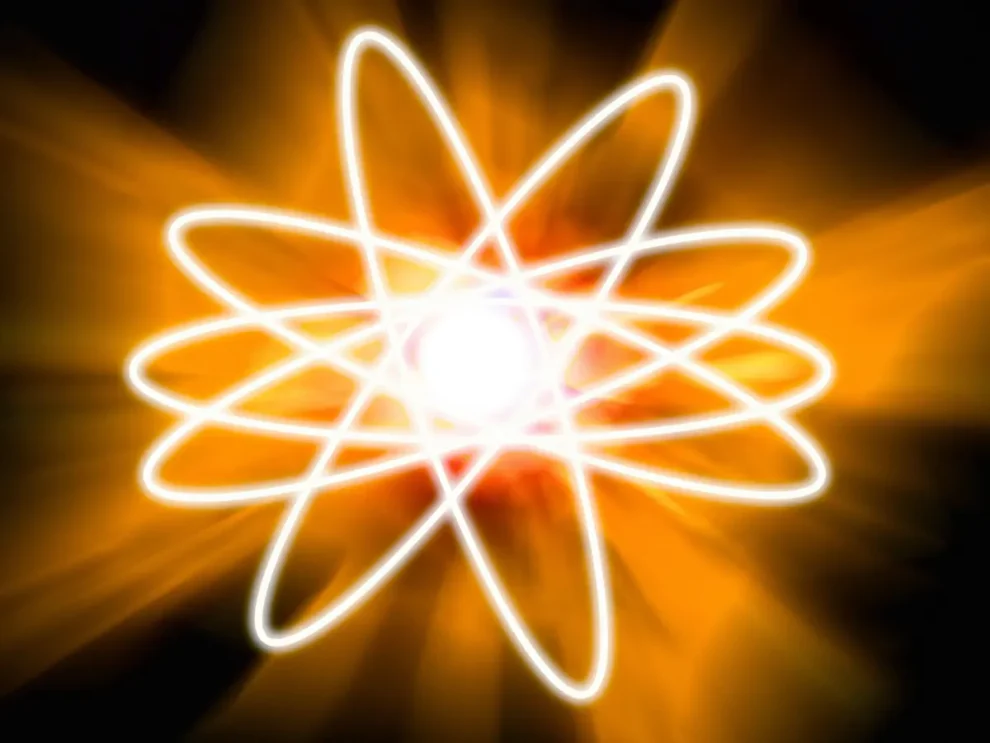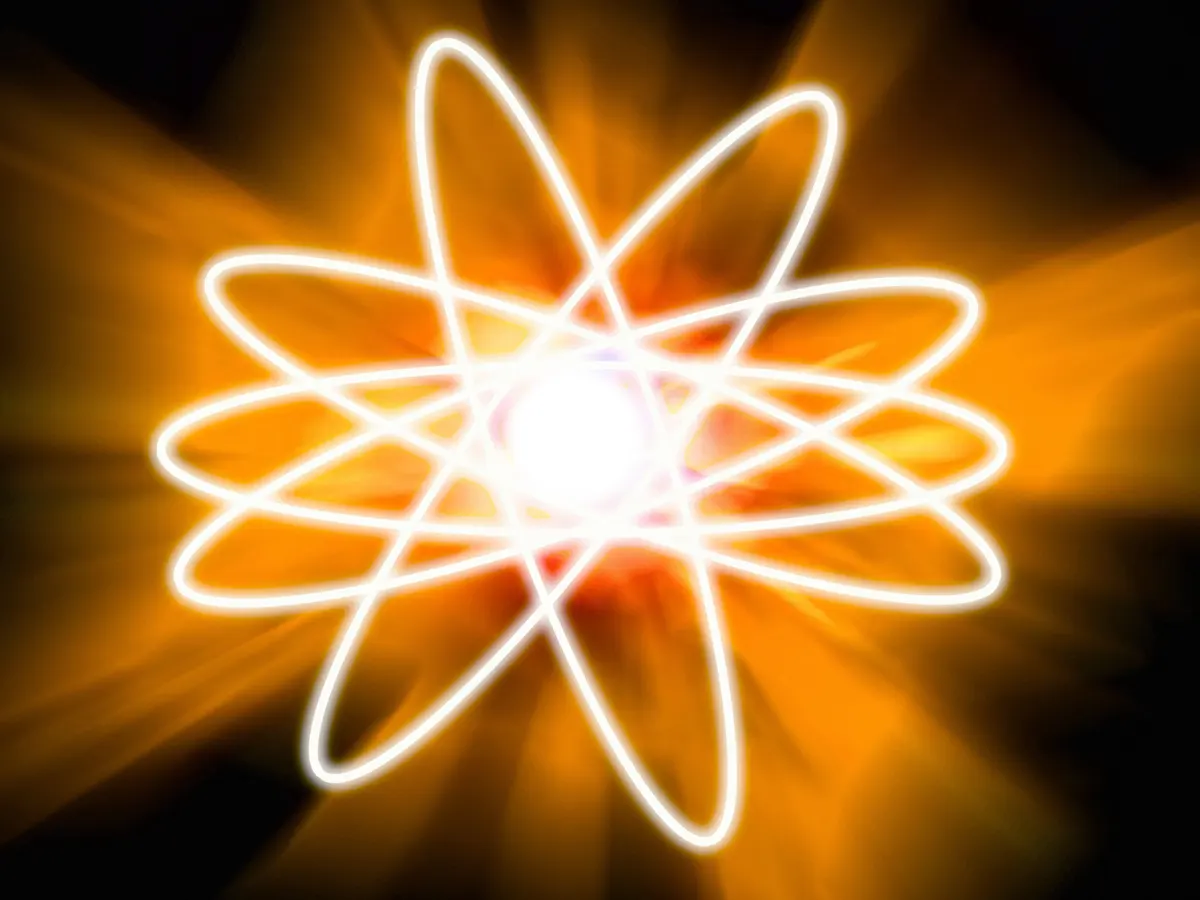Scientists have made a new stride in their quest to unify the fundamental forces of nature. In a groundbreaking experiment, researchers successfully measured the minuscule gravitational force exerted by a tiny object at a microscopic level. This achievement brings physicists a bit closer to bridging the gap between the theories of quantum mechanics and gravity.
Key Highlights
- Microscopic Gravity: Scientists measured the gravitational pull of an object smaller than a millimeter.
- New Technique: The experiment used levitating magnets to detect the minute gravitational force.
- Quantum Gravity Implications: This research could be a step towards understanding the long-sought theory of quantum gravity.
- Unifying Theories: Such a unified theory could harmonize our understanding of the very small (quantum mechanics) with the very large (general relativity).
Understanding the Experiment
For centuries, gravity has been understood through the lens of Isaac Newton’s laws and later through Albert Einstein’s theory of general relativity. However, these theories break down at the minuscule scales of the quantum world, where subatomic particles reign. Scientists haven’t yet found a way to reconcile these vastly different ways of describing the universe.
The recent experiment, detailed in the journal Science Advances, involved levitating magnets to isolate and measure the exceptionally weak gravitational pull of a tiny particle. This innovative technique opens doors for exploring the elusive relationship between gravity and quantum mechanics, potentially leading to the development of a comprehensive theory of quantum gravity.
What is Quantum Gravity?
Quantum gravity is a theoretical framework that aims to unify quantum mechanics, which describes the behavior of particles and forces at the atomic and subatomic level, with Einstein’s general relativity, which explains gravity as a result of the curvature of spacetime. A fully developed theory of quantum gravity remains a holy grail of physics, and it holds the potential to revolutionize our understanding of black holes, the Big Bang, and the very fabric of the universe.
Why This Experiment Matters
Historically, the gravitational force is exceptionally weak, and measuring it at microscopic scales has been incredibly challenging. The ability to measure gravity on such small objects provides a new way for scientists to test and refine their theoretical models as they strive towards a unified understanding that merges quantum mechanics and general relativity.
The Road Ahead
While this experiment is a significant step forward, much remains to be explored in the realm of quantum gravity. Scientists are optimistic that by continuing to develop experimental techniques and theoretical models, they’ll get even closer to unlocking the secrets hidden at the intersection of gravity and the quantum world. Continued progress could lead to breakthroughs that reshape our current understanding of reality itself.
The successful measurement of microscopic gravity signals a promising advance that may contribute to unraveling one of physics’ greatest mysteries. It’s a testament to the ongoing quest within the scientific community. The potential for these findings to illuminate the path toward a cohesive theory of quantum gravity offers a tantalizing prospect, one that could ultimately transform our perception of the universe’s innermost workings.






